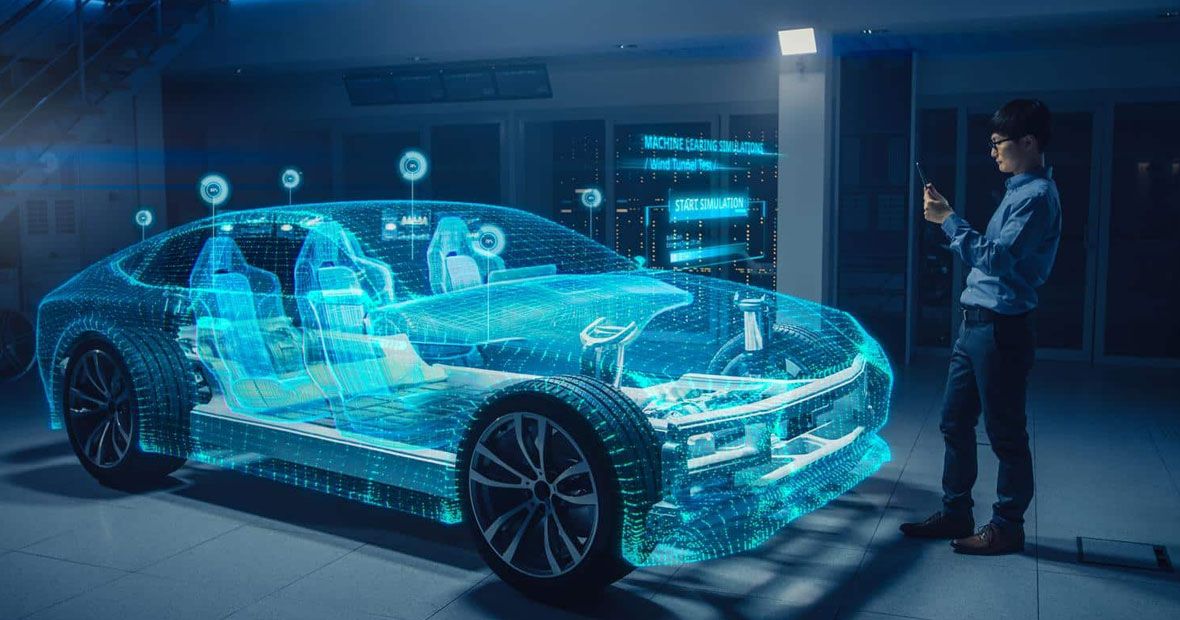
Automotive prototyping plays a vital role in the development and production of vehicles. It involves creating a working model of a concept to test its design, functionality, and performance before mass production. Prototyping allows manufacturers to identify and resolve any design flaws or issues early on in the process, saving time and resources in the long run.
Initial Concept Design Stage in Automotive Prototyping
Brainstorming and Sketching Ideas for the Prototype
At the initial concept design stage of vehicle prototyping, engineers and designers engage in brainstorming sessions to generate innovative ideas. Through brainstorming, a wide range of concepts and possibilities can be explored. This creative process involves sketching and visualizing different design options for the prototype.
Choosing the Best Idea for the Prototype
After the brainstorming and sketching phase, the team must evaluate and select the most feasible and promising idea for the prototype. Factors such as market demand, technical feasibility, and cost-effectiveness are taken into consideration. The chosen concept will serve as the foundation for the prototyping process.
Developing Initial Design Specifications
Once the concept idea is selected, the next step is to develop initial design specifications. This involves converting the idea into technical requirements and constraints. The specifications outline the desired features, dimensions, materials, and performance targets for the prototype. It provides a clear roadmap for the subsequent stages of prototyping.
Detailed Design and Simulation in the Process of Prototyping
With the initial design specifications in place, the focus shifts to creating a detailed design and conducting simulations to refine the prototype further. Advanced computer-aided design (CAD) software is used to develop a detailed 3D model of the prototype. Through simulations, engineers can analyze and optimize the design for factors like aerodynamics, structural integrity, and manufacturing feasibility.
Creation of Physical Prototypes in the Automotive Industry
Selecting Suitable Materials and Technologies for Prototype Creation
Choosing the right materials and technologies for creating physical prototypes is crucial. The selected materials should accurately mimic the properties and behavior of the final production materials. This allows for realistic testing and evaluation of the prototype's performance. Technologies like 3D printing, CNC machining, and rapid prototyping are commonly used in the automotive industry for creating physical prototypes.
Manufacturing the Initial Prototype
Once the materials and technologies are chosen, the manufacturing process begins. Skilled technicians and engineers use specialized equipment and techniques to transform the design into a physical prototype. Whether it's additive manufacturing or traditional machining, precision is of utmost importance to ensure the prototype adheres to the specified dimensions and features.
Testing Functionality and Design of the Physical Prototype
After the initial prototype is manufactured, rigorous testing is conducted to evaluate its functionality and design. Various tests are performed to assess factors like performance, durability, safety, and ergonomics. The feedback obtained from these tests is then used to identify areas for improvement and refinement in the design.
Evaluation and Refining the Design through Prototyping
Prototyping is an iterative process that involves continuous evaluation and refinement of the design. Based on the testing feedback, modifications are made to improve the prototype's performance, efficiency, and reliability. Each iteration brings the design closer to the desired specifications, ensuring that the final product meets customer expectations.
Final Stages of the Automotive Prototyping Process
The final stages of the automotive prototyping process involve finalizing the design and preparing for mass production. The prototype is thoroughly evaluated, and any necessary adjustments or modifications are made. Once the design is deemed satisfactory, it can move forward to the production stage, where it undergoes tooling development and manufacturing at scale.
- Automotive prototyping involves creating working models to test design and functionality.
- Brainstorming and sketching ideas are essential in the initial concept design stage.
- Choosing the best idea based on feasibility and market demand is crucial.
- Developing initial design specifications provides a roadmap for the prototyping process.
- Detailed design and simulation refine the prototype further.
- Selecting suitable materials and technologies is crucial for accurate prototyping.
- Manufacturing the initial prototype requires precision and adherence to specifications.
- Testing evaluates the functionality, durability, and safety of the physical prototype.
- Prototyping involves continuous evaluation and refinement of the design.
- The final stages involve finalizing the design and preparing for mass production.
In conclusion, automotive prototyping is a vital process that ensures the quality and performance of vehicles before they go into mass production. Through careful design, simulation, and physical testing, manufacturers can create reliable and innovative vehicles that meet customer expectations. By understanding the importance and stages of automotive prototyping, the industry can continue to push the boundaries of automotive engineering and deliver exceptional vehicles to the market.